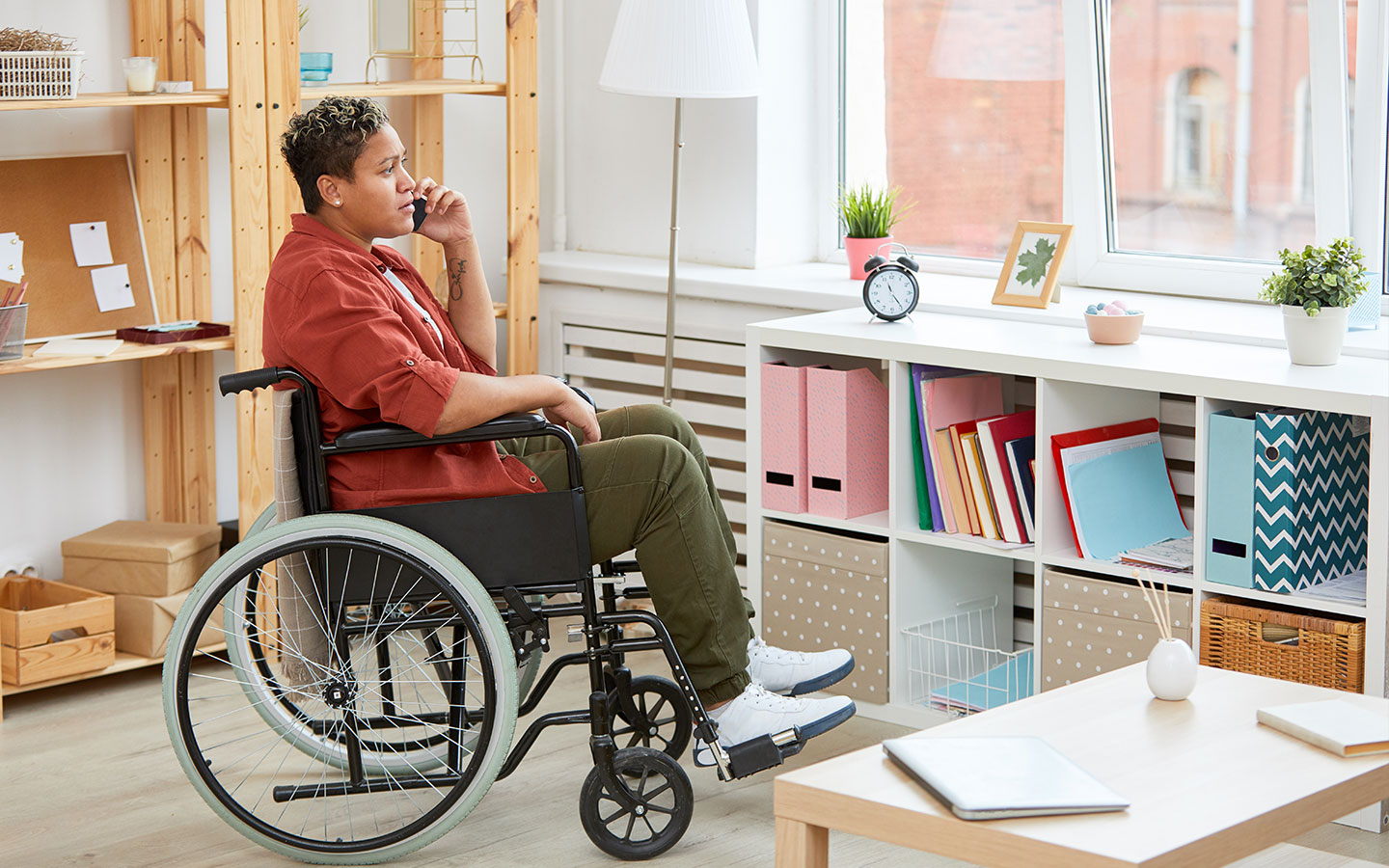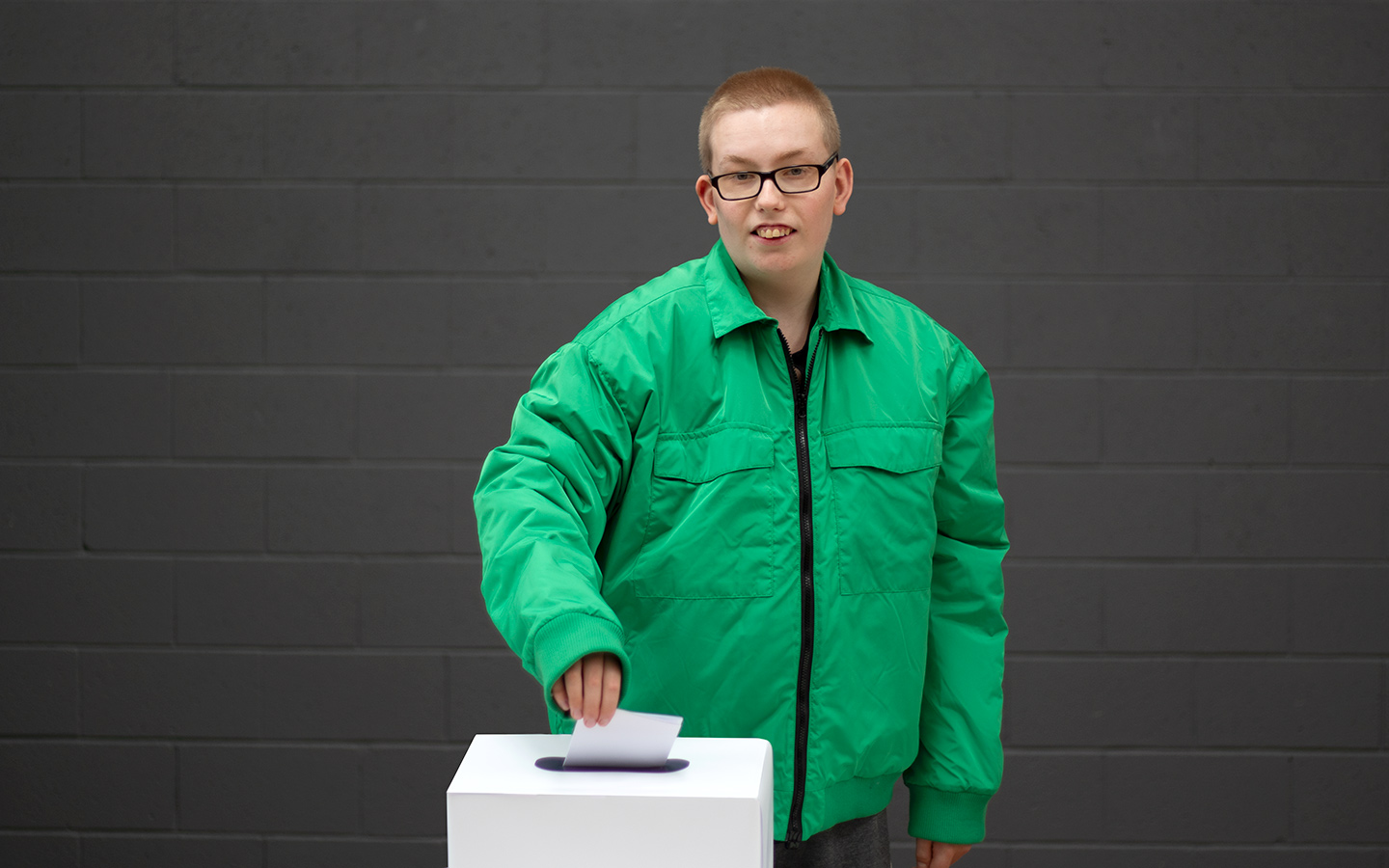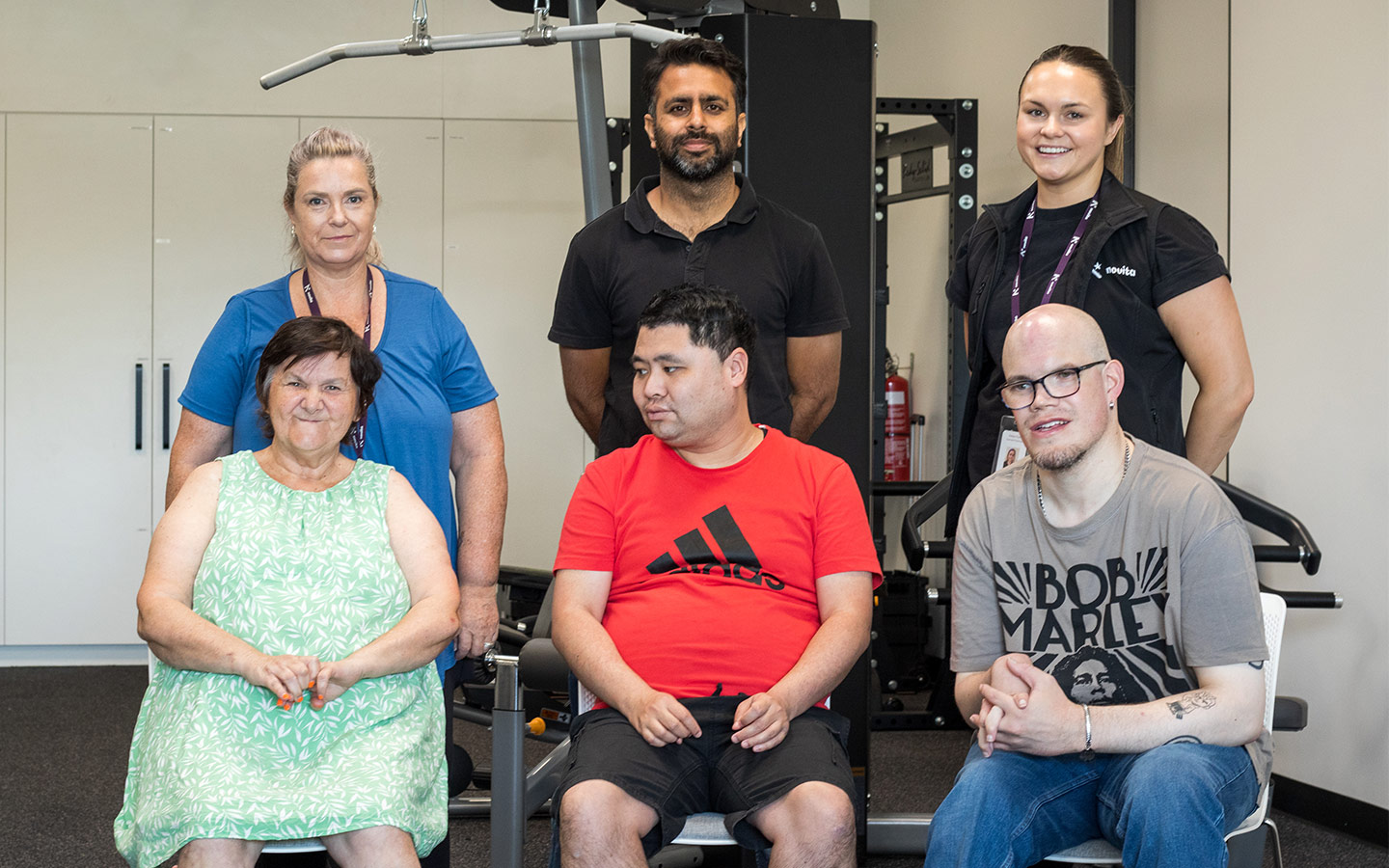Helpful Information
Your guide to getting funding for specialist disability accommodation (SDA)
access_time20min read

The road to getting SDA funding can be long and complicated. We understand that it can be overwhelming, so we’ve put together a handy guide you can follow when you start the application process.
Funding for Specialist Disability Accommodation (SDA) in Australia is typically provided through the National Disability Insurance Scheme (NDIS). SDA funding covers the cost of accommodation whereas SIL (Supported Independent Living) is one category of NDIS funding for the support and services you could require in your new home.
To secure funding for SDA, you need to meet certain eligibility criteria and go through an assessment process. Not many people with disability are eligible for SDA funding, and it’s important to remember you must have either an extreme functional impairment or high support needs to be successful for funding.
It’s essential to work closely with your NDIS planner or coordinator throughout this process to ensure that your NDIS plan aligns with your goals and needs.
Before we get started, here we answer a few questions about SDA funding:
What is Specialist Disability Accommodation (SDA)?
SDA is a type of housing designed to support people with extreme functional impairment or very high support needs.
SDA includes features such as accessible kitchens and bathrooms, assistive technology, ramps and ceiling hoists.
Who is eligible for SDA funding?
SDA funding is not available for everyone living with a disability, so it is often quite difficult to obtain.
To be eligible for SDA, you must:
- Have an extreme functional impairment or very high support needs
- Meet the specialist disability accommodation needs requirement and the NDIS funding criteria
How is SDA funding used?
The NDIS may provide SDA funding, if appropriate for:
- Capacity building to assist participants to live independently in the community, supports to improve living skills, money and household management, social and communication skills and behavioural management.
- Capacity building support to assist participants with developing skills for independence.
- Home modifications to the participant’s own home or a private rental property and on a case-by-case basis in social housing.
- Assistive technology to enable a participant to remain independent.
- Support and assistance to complete day-to-day tasks or personal care, such as assistance with showering and dressing.
- Help around the home where the participant is unable to undertake these tasks due to their disability, such as assistance with cleaning and laundry.
SDA funding is paid directly to SDA providers to cover the building and maintenance costs. Participants pay a reasonable rent contribution and other daily living costs like electricity bills.
Your guide to applying for SDA funding
1. Requesting home and living supports
If you have a goal about home and living in your plan, the NDIS may be able to fund home and living supports.
When you ask for home and living supports, they will talk to you about exploring all your home and living options.
- These include options through state or territory government agencies, your local community services or the private market
- Other supports that would support you to live independently. This could include informal supports from your family, friends and other people in your community.
The NDIS can support you to explore these options. Part of this discussion will include obtaining information about your current and future needs.
Talk to your local area coordinator, support coordinator or recovery coach for more information and support. Your housing goal is an important piece of information that you must include in your NDIS plan if you require NDIS funding. It will include information about your current housing situation, where you want to move to and why, whether you want to live alone or in shared accommodation and the support you will require in your new home.
2. Determining your eligibility
SDA funding is not provided to many people with a NDIS plan, so you must ensure that you meet the below criteria:
You are:
- Aged between 18-65 years of age
- Hold an active NDIS plan
- Experience extreme functional impairment (significant physical or emotional limitations. This can include people with a significant and permanent disability resulting from accidents or other causes, including brain injury, spinal injury, stroke, or a chronic or degenerative disease)
You need regular assistance and support with day-to-day living tasks including:
- Hygiene and personal care
- Mobility including getting out of bed or sitting up
- Moving around the house and getting things off shelves
- Preparing meals and taking medication
- And accessing the community.
You’re in a situation where:
- You’ve been living in shared accommodation (i.e., a group home or aged care) for a long period of time
- Your support network (friends, family and carers) can no longer provide support or assistance for you
- Or you may pose an active risk to yourself or people around you
3. Gather a support team who will help you through the process
You should gather a great support team to help you throughout what can be a long and complicated process.
Your support team could consist of:
- Family, friends, advocates or a trusted support worker who you can listen to your ideas and concerns as well as advocating for you in meetings with the NDIS,
- Allied health professionals including an occupational therapist or social worker who have strong knowledge of the application and eligibility process
- Support coordinator or Specialist housing coordinators who can assist you find the right house to address all your specific needs
Your support team can assist you with decisions including:
- Finding the right location and community,
- Determining what kind of accommodation what would suit you
- And putting together your housing goal for the NDIS
4. Gather your supporting evidence and documents for the NDIS
Once you have checked your eligibility and put a team together, the next step you’ll need to take is obtaining evidence about your situation and why you require SDA. You will need to complete the following documents:
- Your housing goal
- Participant housing statement
- Home and Living support request form
- Functional capability statement filled out by an allied health professional
- Additional evaluation and assessment reports (if requested)
You can find all these forms and information about how to fill them out here.
5. Attend a NDIS planning meeting if it is your first time applying for a NDIS plan (optional)
If you are applying for SDA funding the same time as you are applying for a NDIS plan, you will be able to discuss your eligibility in your initial NDIS application and planning meeting. In this application, you should include a housing goal and explain your needs and requirements for your desired home.
6. Submitting your application and evidence
Once you have compiled all of your evidence, you can submit your application to the NDIS through this email: [email protected] – ensure that you include your Local Area Coordinator and NDIS planner as part of this email.
We have information about these people included in our article about Everything you need to know about creating a NDIS plan.
You will need to upload all additional information into your NDIS portal.
When your evidence has been submitted, a panel from the NDIS will decide whether you are eligible for funding.
7. Receiving your updated plan
After you have submitted your evidence and request for funding to SDA, you should expect to hear back from the NDIS in approximately 50 days for the following reasons:
- They will need 21 days to review your plan
- And 28 days to decide on funding for SDA
These dates are a rough estimate, however, and everyone’s experience with the NDIS is different and entirely dependent on their personal circumstances.
Your new plan will include information about:
- Location and where you will be living
- The SDA design category that has been chosen for you
- How many bedrooms and residents you will have in your new home
- The support you require
- The amount of SDA funding you will require for the year
8. What happens after you receive funding?
After you have received funding, your plan and any other documents from the NDIS, you will need to decide on your details of your home matching the details of the SDA funding in your NDIS Plan. These include:
- Location
- Building type
- SDA design category
- Occupants
- Number of bedrooms
You can apply for a property that doesn’t amount to the full cost the NDIS allocated in your updated plan. You can also choose to live in a property that has different requirements than the one recommended in your plan – although the cost must be the same or less than what is included in your plan. If you are going to apply for a home that is different to what you’ve been recommended by the NDIS, you will need to consider your needs and how they can still be met in your chosen home.
Payment:
The NDIS will pay the SDA provider (e.g., Novita Housing) the funding they have allocated you when they approved SDA in your NDIS plan.
If you have selected a property that costs less than the funding you have been allocated, the NDIS will pay your provider the amount that the property costs.
This payment will be shown in your NDIS Plan as a yearly amount.
Ready to get started?
We’re here to help. To get started, contact our Customer Experience team on 1300 668 482 or [email protected]


